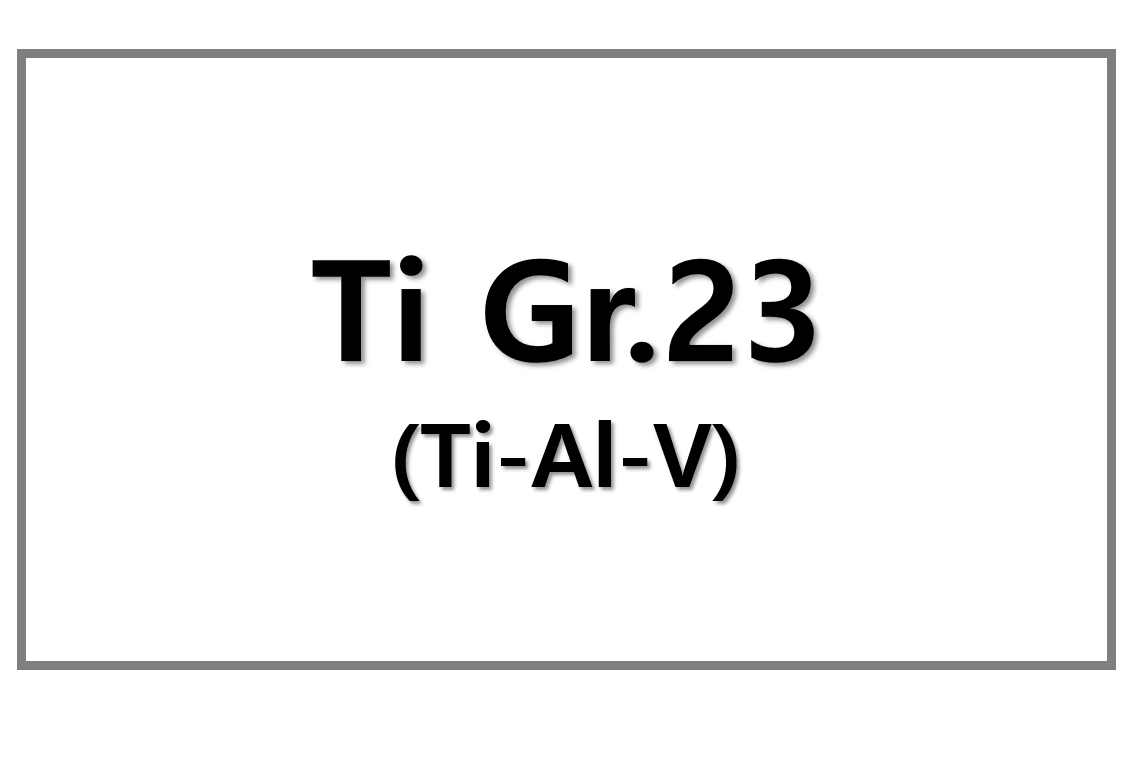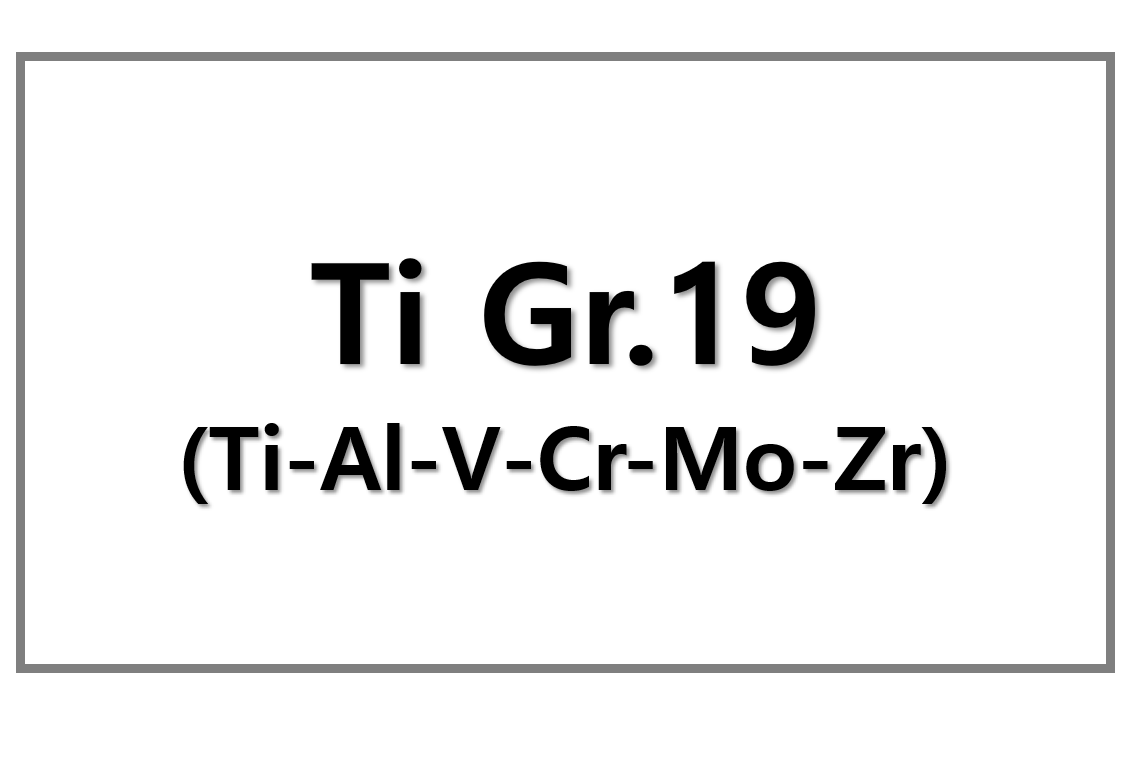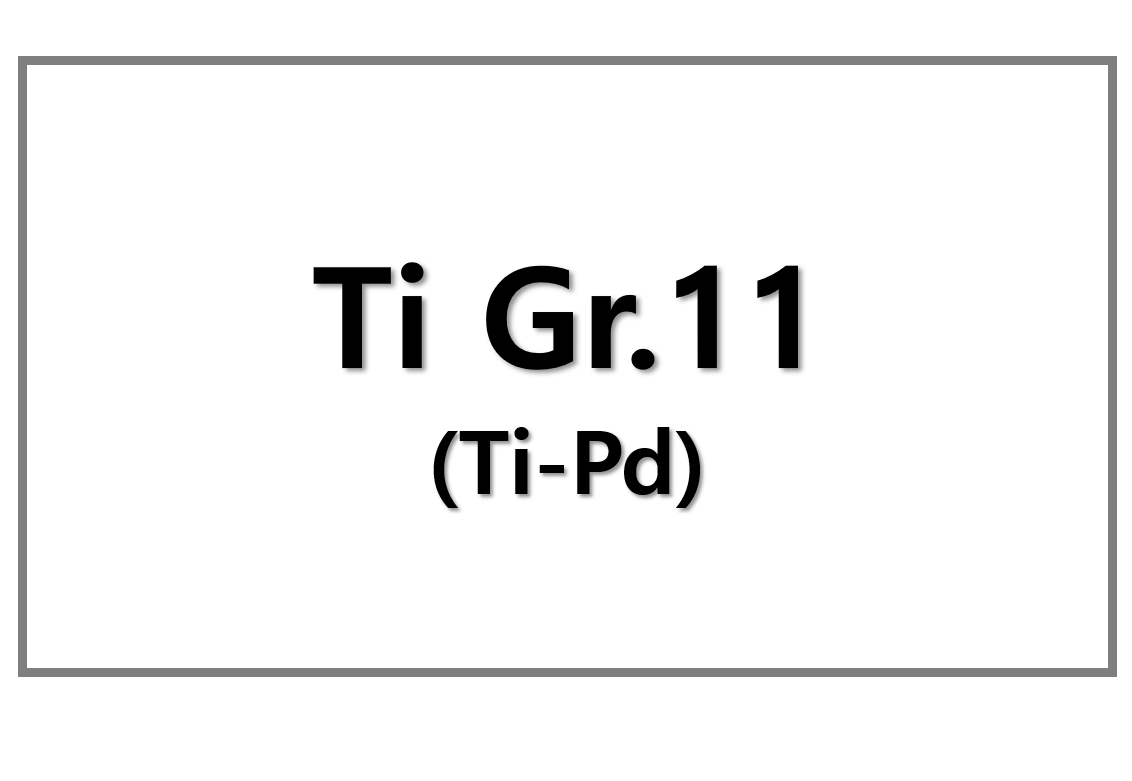
Copper Demand to Soar 24% by 2035, Disruptors May Worsen Shortage
Global copper demand is set to increase by 24% by 2035, according to Wood Mackenzie’s latest Horizons report. This surge equates to an additional 8.2 million metric tons annually, bringing total yearly demand to 42.7 million metric tons. While driven largely by economic development and electrification, Wood Mackenzie warns that four major disruptors could intensify demand—and price volatility—well beyond expectations.
Among the most impactful is the exponential rise in AI-powered data centers, which will demand significant copper for power grid infrastructure. The consultancy estimates these centers will consume 2,200 TWh of electricity by 2035, pushing copper demand for grids alone to 1.1 million metric tons annually by 2030. Because copper accounts for less than 0.5% of data center project costs, developers remain indifferent to price spikes, creating a scenario of inelastic demand. This could lead to abrupt price surges of 15% or more, depleting inventories and destabilizing global markets.
Energy Transition and Asia’s Growth Compound the Global Copper Shortage
The broader energy transition continues to reshape the copper demand landscape. Renewables, electric vehicles (EVs), and battery infrastructure will require an additional 2 million metric tons of copper annually over the next decade. Each EV uses up to four times more copper than a traditional vehicle, with EV-related copper demand set to double by 2035. This underscores copper’s critical role in clean energy infrastructure—from charging stations to power transmission systems.
Simultaneously, industrialization in India and Southeast Asia is rapidly accelerating copper demand. These regions are expected to add 3.3 million metric tons of annual copper demand by 2035. If their development mirrors even a portion of China’s past growth, demand from construction and power sectors could add another 5.4 million metric tons per year. With per-capita copper usage still below global averages, these economies represent significant long-term demand growth.
Defense and Supply Risks Heighten Market Uncertainty
Geopolitical shifts also contribute to the global copper shortage, albeit more subtly. Increased defense spending in Europe—now targeting 3.5% of GDP—introduces copper demand through hardened infrastructure and military modernization. Although direct copper use in military hardware remains modest, associated infrastructure drives copper needs higher.
Meanwhile, supply faces escalating challenges. Meeting demand will require 8 million metric tons of new mine capacity and 3.5 million metric tons of scrap copper annually by 2035. Climate-related disruptions could further limit production, with Wood Mackenzie advising a rise in disruption assumptions from 5% to 6%, removing 250,000–300,000 metric tons per year from the market. This tightening environment could lead to prolonged high prices and volatile trading conditions.
SuperMetalPrice Commentary:
Copper’s role in the global energy transition is no longer speculative—it’s strategic. The forecasted demand spike, driven by AI, electrification, and emerging markets, is not matched by corresponding supply confidence. The global copper shortage isn’t just a market imbalance; it’s a policy failure in the making. Without aggressive, coordinated investment in mining and refining, the metal essential to a low-carbon future could become its Achilles’ heel. Governments must move beyond passive frameworks, incentivize upstream projects, and secure long-term offtake to prevent copper from becoming the “metal of scarcity.”











Leave a Reply
You must be logged in to post a comment.